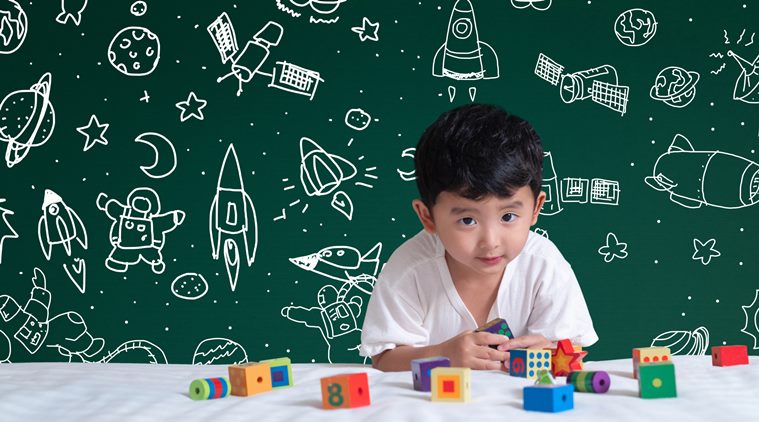Motivate children to learn through fun, creative ways

Learning should be through exploration, investigation and discovery. Simply by providing a captivating, real-world context, one can creatively make learning infinitely more appealing to learners.
By Kartik Bajoria
With rising competition and an insatiable appetite for marks, thanks to the way our education system is heading, it is not enough to put one’s child into a great school. Parents must share in the responsibility of imparting an education to children. We must do our bit to bolster the learning that is taking place at school. Having said that, with a new, impatient generation of children, parents can’t just sit at home and read aloud from prescribed text books; that will be perceived as too boring, and be ineffective. We need to be more creative when trying to teach our children.
Thankfully, the way education is approached today is witnessing a renaissance. The proliferation of a new digital age, access and availability of instant entertainment, might have reduced learners’ attention spans; it has also forced parents and caregivers to reinvent our methods, and make them more creative and engaging for children. Learning through ways other than a purely text-based education system presents a myriad of advantages. As parents, we can now use a variety of creative and alternative ways to teaching:
No more malls
As parents, most of us are guilty of taking our children to the mall. A visit out of home invariably ends up in a trip to a shopping centre. If we can inculcate the spirit and concept of an education-related ‘field visit’ or ‘field trip’ into our outings with our kids, substitute, if not all, at least a few trips out of home, with a more meaningful venue, it can be a great creative tool of learning. Visits to places that actually employ theoretical lessons in practice, places that hold value and captivate young learners, is the way forward.
For example, students studying Business Studies being taken to a popular Fast Food Café to observe and learn concepts such as demand, supply, book-keeping, will always solicit a much greater and deeper interest level and therefore understanding from learners, rather than just being taught these concepts only within the confines of a classroom. Similarly, if the British in India are being studied and parents take children for a visit to an old ‘Pump House’, their curiosity will be genuine and their retention, greater. Simply by providing a captivating, real-world context, one can creatively make learning infinitely more appealing to learners.
Screen time should be educational
Though we may shun the alarming rise of ‘screen’ usage among children, if used in modest doses in direct conjunction with curriculum, a multimedia approach to teaching and learning can yield very effective results. For a child to read about most anything, let us take the phenomenon of Tides for example, in a staid old text book, as opposed to watching an animation of the same – there is simply no denying that the latter will generate a lot more interest, focus, attention, and retention.
A number of apps are now available to parents directly from various play-stores online, on their phones and tablet devices that can be downloaded and used effectively. These use animations, videos and films to teach, that children remember vividly and digest much more readily. The multimedia experience then, is one great creative way of invigorating learning and an invaluable tool for parents who can supplement their home-teaching plans with these, rather than with expensive tuition classes.
Dramatisation
The performing arts have always captivated learners. One would be hard-pressed to find a child who does not enjoy watching/performing any kind of art form. So to take academic courses and lessons and teach them through the arts, is another hugely effective creative way of learning. I have known plays, songs, poster-making, any number of the arts being used to get interested even learners who are generally negatively predisposed to subjects such as History and Geography. By employing an art form in academic learning, what we simply do is deliver the same lesson through a much more engaging, immersive method.
When a group of students is asked to create a series of posters or paintings on the rivers of India, in their excitement to paint and create, they automatically reference their texts and retain a lot more information out of genuine interest and enthusiasm, rather than the same information being delivered to them in a traditional classroom teaching manner, attending which seems like a painful chore. The exact same model can be used by parents at home, either individually with their own child, or as a group, when their child’s friends are visiting. Play a song and ask your child to substitute the lyrics with a story he or she needs to know at school. You will see instant results.
At the end of the day, children should not be spoon-fed. Then there is simply no fun. Learning should be through exploration, investigation and discovery. And the methods I have briefly outlined speak to this ethos of learning. Of gaining an education through fun, creative ways.
(Writer, educator and moderator, Kartik Bajoria holds workshops on creative writing and personality development at various schools.)
Source: Read Full Article
